Fisker Ocean - as good as the competition so early on?
Not only the Chinese can create automobile start-ups, the Dane Henrik Fisker can do it too. And Fisker can also look back on a certain automotive heritage. ntv.de was on the road with the new Fisker Ocean.
When new car brands (mostly models with electric drive) pop up these days, they are almost always Chinese makes. Of course, they often use European suppliers, which often explains their solid quality. The only thing that is lacking is tradition, and this plays an important role in the emotionality of a car.
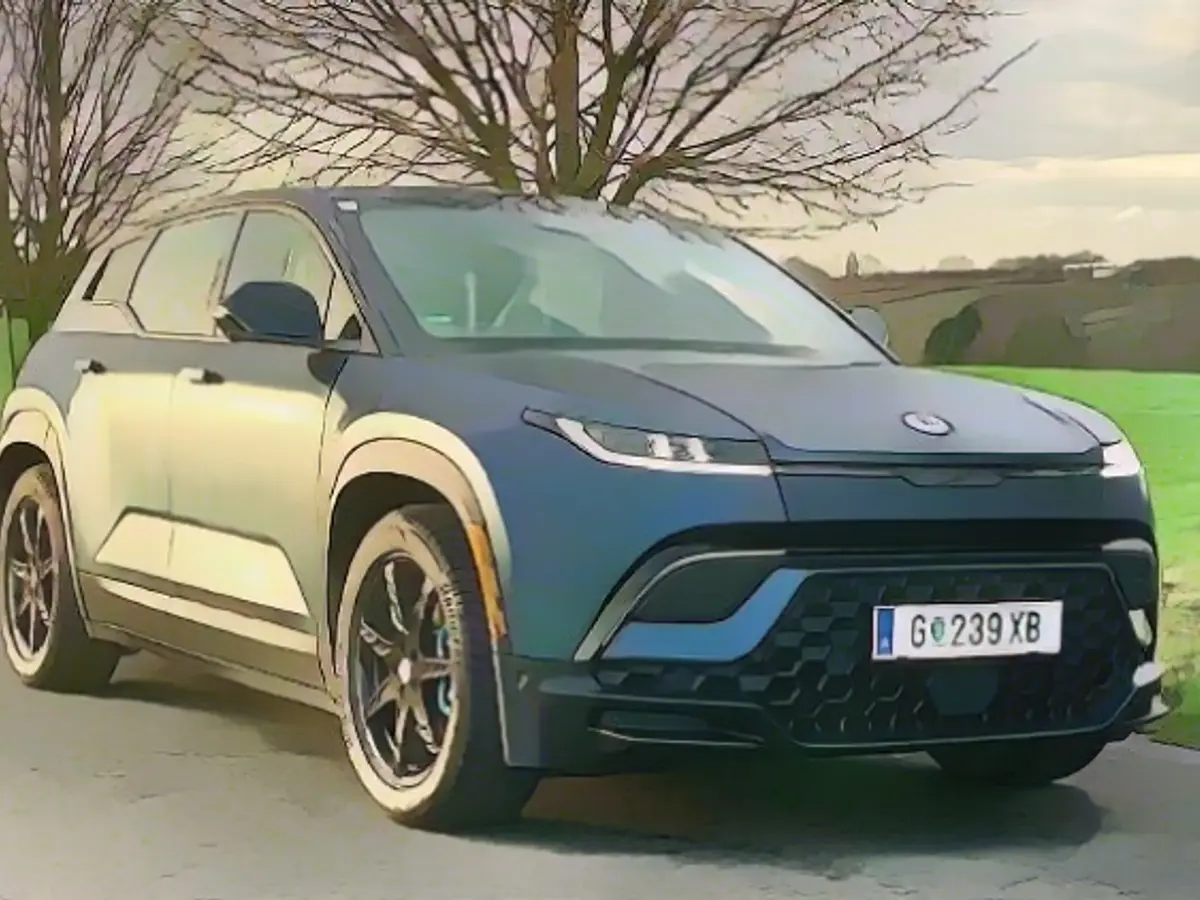
Fisker is a different story. Henry Fisker, himself the designer of some automotive icons such as the Aston Martin DB9 and BMW Z8, has already succeeded in creating a veritable fan car in the form of the Karma, which became very well known. At the time, the saloon was produced by contract manufacturer Valmet, where well-known vehicles such as the Opel Calibra, Porsche Cayenne and Saab 9-3 also rolled off the production line.
Solar roof generates range during downtime
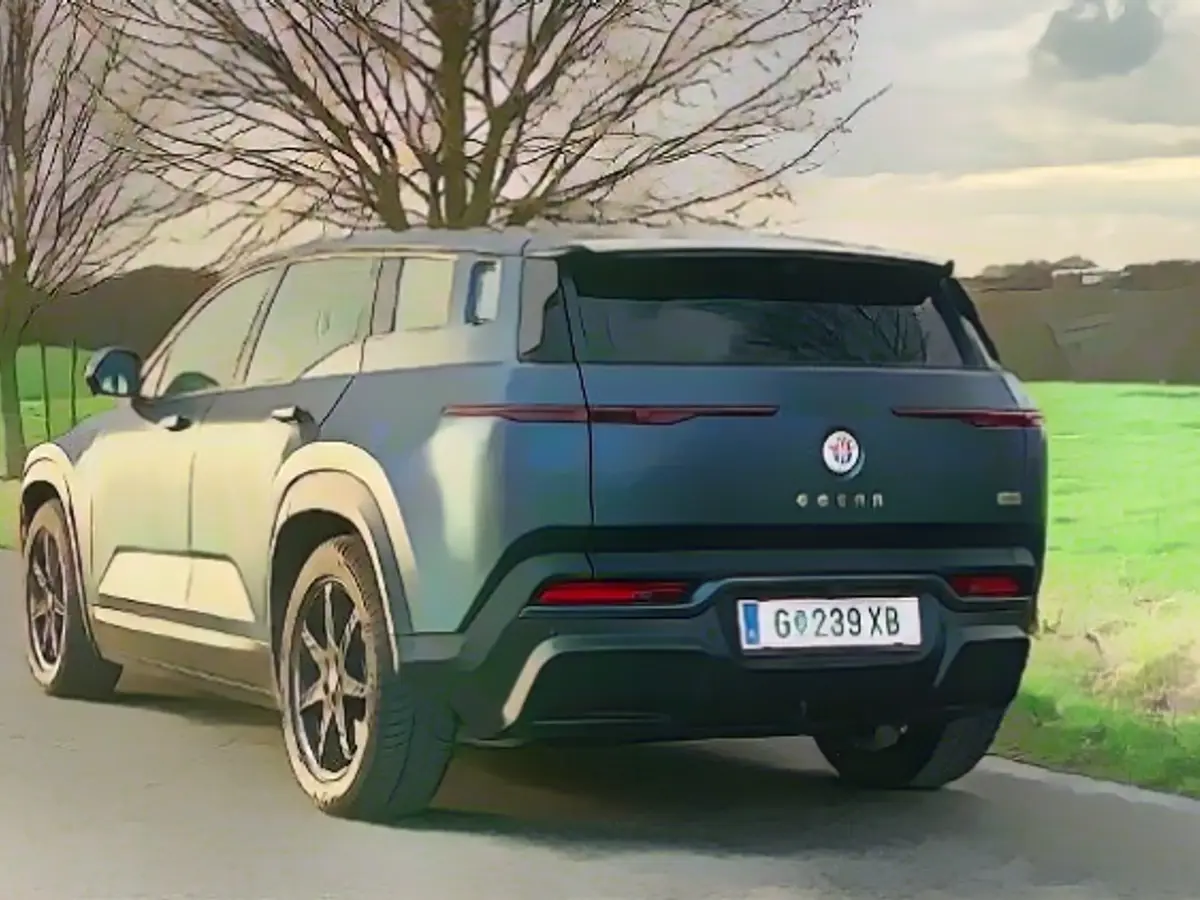
And now another Fisker. This time a rather stylish and full-grown SUV (you could also call it a crossover) with an exterior length of 4.77 meters. This all-rounder is not only dedicated to luxury, but also to sustainability. Well, let's put it this way: there are a number of upcycled materials (familiar from other manufacturers by now) and a photovoltaic roof as a highlight. However, these built-in solar cells are quite nice. Firstly, this special roof looks very technical and secondly, it can be used to generate a range of up to eight kilometers (daily) on sunny days. However, it is almost obvious that this feature is only part of higher versions.
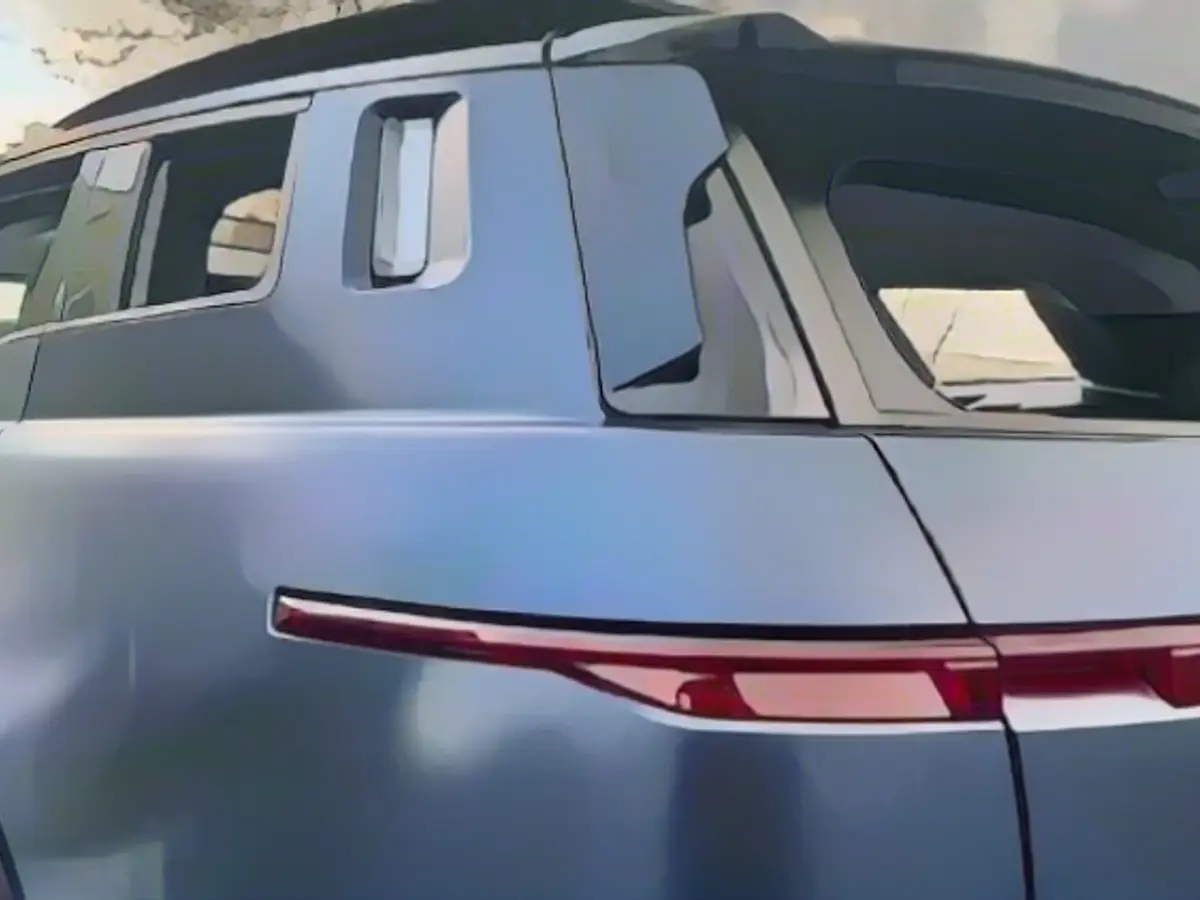
On the other hand, the basic model impresses with an astonishingly low entry-level price: the Fisker Ocean is available to customers from just 41,223 euros. Okay, it only has 275 hp and not 564 as in the "One" edition discussed here - those who treat themselves to the full program have to pay over 60,000 euros. In addition, the all-rounder has a steel rather than an aluminum body and does not have a frunk (storage option under the hood), which according to Henrik Fisker saves considerable costs.
And what most customers unfortunately don't get, neither for money nor for good words, is a nice Graz license plate that shows where the Ocean comes from. Namely directly from the production halls of the contract manufacturer Magna from Styria - an address at least as fine as the Finnish Valmet Group. This is also where the Mercedes G-Class is produced, for example.
Quite good even in the early stages
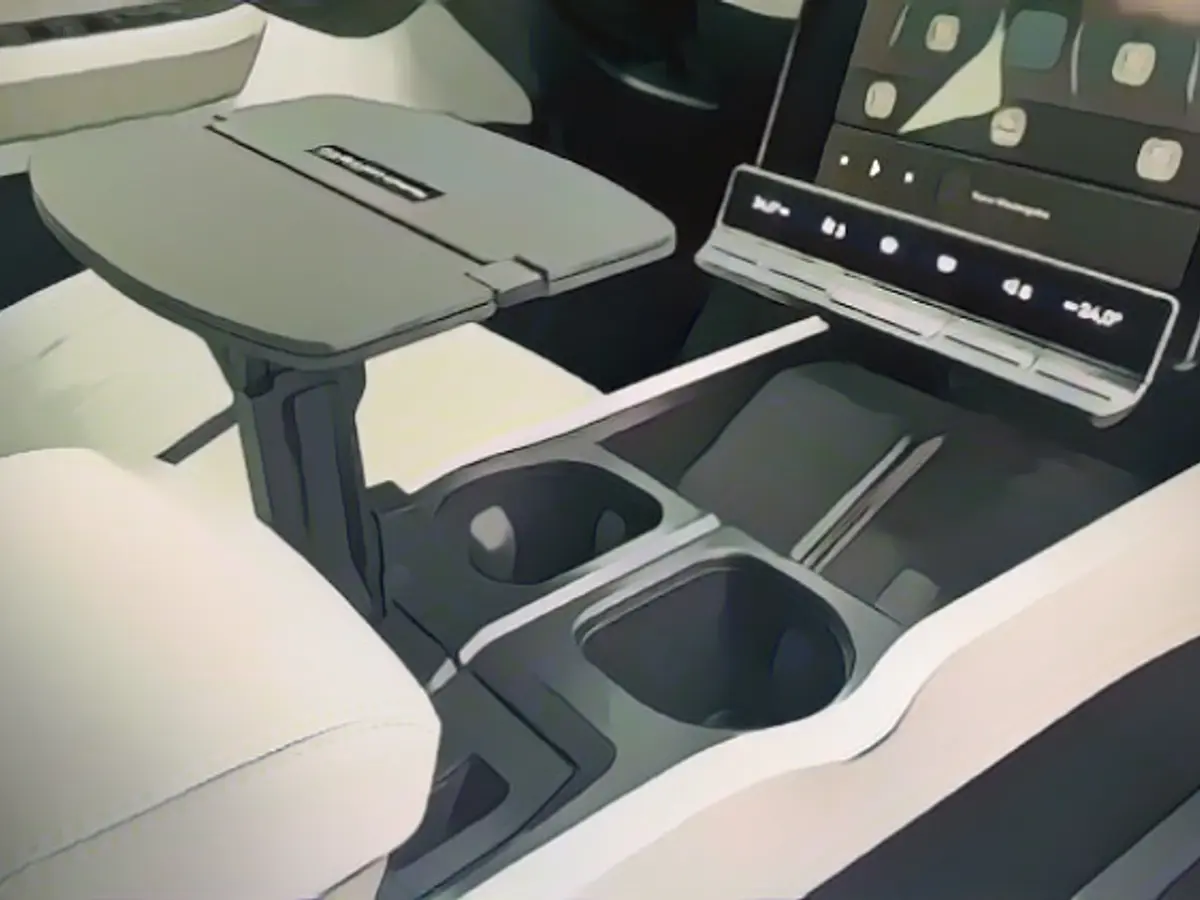
It is therefore not surprising that the Ocean is quite good for such an early model. Of course, there may still be room for improvement here and there. Nevertheless, the Austrians have managed to put a very solid car on its wheels - the extensive wealth of experience helps.
Incidentally, the Ocean manages the balancing act of appearing somehow sporty without lacking in ride comfort quite well. It drives in a balanced manner and its chassis even copes well with frost-ridden asphalt surfaces. Comfortable seats are also a plus point - good for the four letters. Their unusual styling is also pleasing to the eye. The interior is both smart and practical. The nubuck-covered dashboards lend the Ocean a touch of noblesse, while the double center console with two (well-functioning) inductive charging trays makes it practical. And a few simple steps are all it takes to fold out a small table that can be used during a charging break, for example.
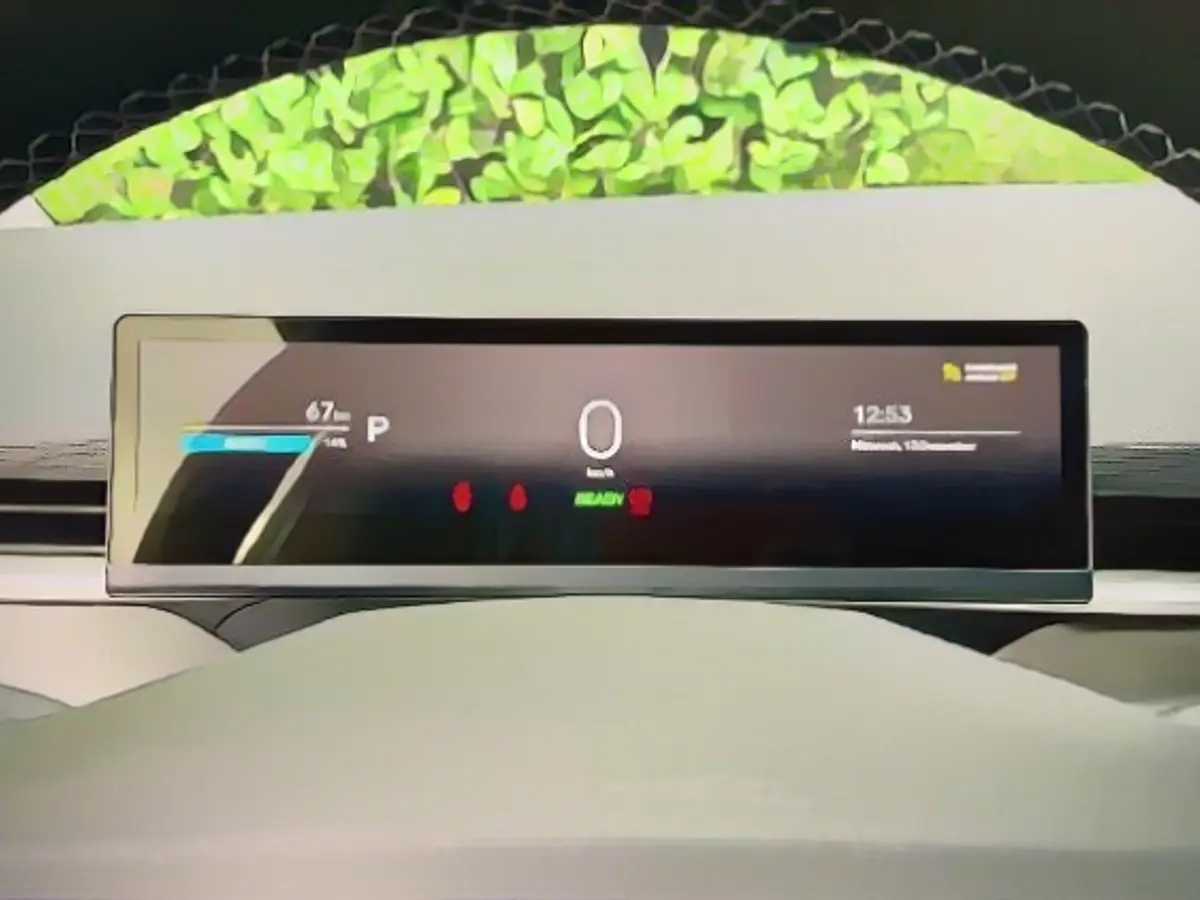
The flat-bottomed steering wheel adds a sporty touch. On the other hand, the developers would have to work on the drivetrain once again. Full load, especially in boost mode, puts the traction capability to the test - there should be no significant slippage in the all-wheel drive vehicle. Perhaps the two power units are just a tad too pointed in the direction of the axle with their 737 Newton meters of maximum torque. Or the separating clutch needs a little more sensitivity. In any case, there seem to be quite a lot of forces raging in the drivetrain, otherwise Fisker wouldn't limit the boost mode to a few hundred times. A difficult decision, because that would mean that you could no longer call up the full power after a short time. The manufacturer should make adjustments here.
What is nice is that the engineers have really given the Ocean a noticeably different characteristic for each driving mode. In "Earth", the basic setting (which is also activated after every restart), the SUV accelerates very gently. You can work your way up through "Fun" to "Hyper". And the 2.4-tonner can not only drive nimbly in a straight line, but also weaves light-footedly around corners without you noticing its weight. It's debatable whether the steering is perhaps a little too synthetic - but the overall package is very good.
The top model is bursting with performance

After letting off steam with the rather high-performance drive (four seconds to 100 km/h and a top speed of 205 km/h), I take it easy for a while and play around with the large display. What do you mean by playing around? I just see how intuitively I can master the functions and of course - you know what's coming next - deactivate the track vibration. But it works quite well, the menus are tidy and not too cluttered. Fisker does not currently offer Apple CarPlay, for whatever reason. But if you're worried about not being guided properly, rest assured: the TomTom-based navigation system does an excellent job.
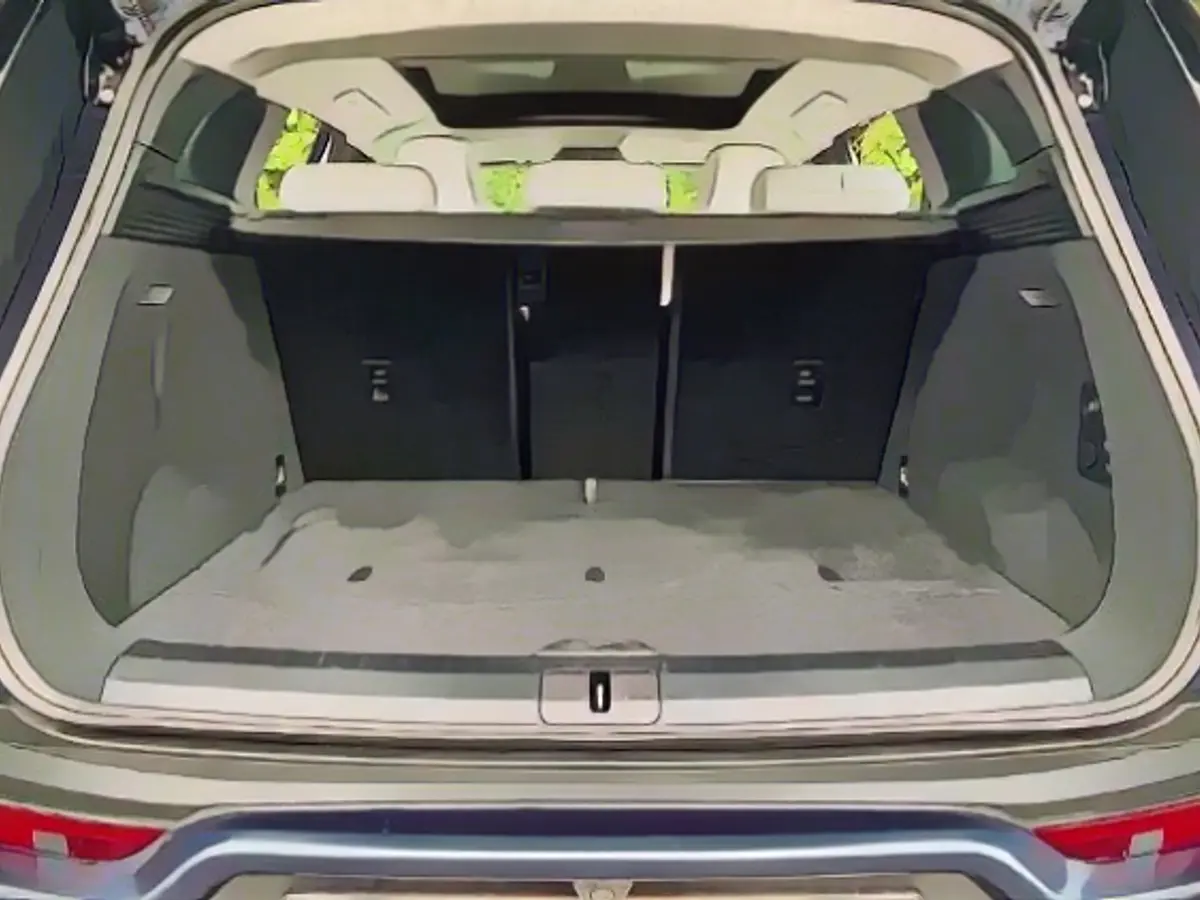
The destination to which I am being guided is once again exciting. Namely to the charging station. The battery should be warm after a forced highway drive, so I plug it in. Now I was curious to see how the Ocean would perform at the charger, but it delivers quite well. The charging power skyrockets towards 200 kilowatts - after ten minutes, the pretty Stromer has enough energy for around 110 kilometers. After another ten minutes, the range has even increased by 206 kilometers. That is more than acceptable.
The same applies to the installed energy storage system from Catl (it's probably not possible without China after all), which can store more energy than any competitor of this size with a usable 107 kilowatt hours. And so the range of 707 kilometers is correspondingly high. Of course, this only applies to moderate driving; the most powerful Fisker Ocean cannot avoid encouraging its use with its performance. And then 25 kWh per 100 kilometers are gone like nothing.
Data sheet Fisker Ocean (twin engine)
Dimensions (length/width/height) | 4,77 / 1,98 / 1,65 m |
Wheelbase | 2,92 m |
Unladen weight (DIN) | 2434 kg |
Seats | 5 |
Load volume | 476 to 918 l |
Engine type | Two electric motors |
Transmission | One transmission, fixed |
System output | 564 hp (415 kW) |
Drive system | All-wheel drive |
Max. torque | 737 Nm |
Acceleration 0-100 km/h | 4,0 s |
Top speed | 205 km/h |
Battery capacity | 107 kWh (net) |
Maximum charging power (direct current) | n.a. |
Charging power (alternating current) | n.a. |
Consumption (combined) | n.a. |
Combined WLTP range | Up to 707 km |
Combined CO2 emissions | 0 g/km |
Base price | From 41,223 euros (twin engine from 56,223 euros) |
Conclusion: To give the Fisker Ocean a chance or not? But yes! Where else can you find a stylish and extravagantly designed crossover for such a fair price and with so much battery? Fun features such as the rotating central screen, the California mode (opens all the windows at the touch of a button) and the solar roof are additional attractions.
Of course, it can hardly be denied that the Ocean is not yet fully developed to the highest degree of perfection. But the manufacturer is working diligently on updates and offers a six-year general warranty. The battery even comes with a ten-year warranty or up to 160,000 kilometers of mileage. The Fisker Ocean is not least a car for enthusiasts with a story behind it. And there should be plenty of them, especially in this country.
Read also:
The Fisker Ocean, despite being an early model, has impressed with its solid construction, balancing sports performance and ride comfort, and practical interior features like the fold-out table and double central console with inductive charging trays. Its unique driving modes also provide a noticeably different character for each setting.
Although Fisker is not a traditional car manufacturer, it has managed to create a fan car with the Karma in the past, using European suppliers and contract manufacturers like Valmet and Magna. Fisker Ocean customers can also opt for a basic version, which offers a surprisingly low entry price of 41,223 euros, while the higher versions offer more power and additional features.
Source: www.ntv.de








